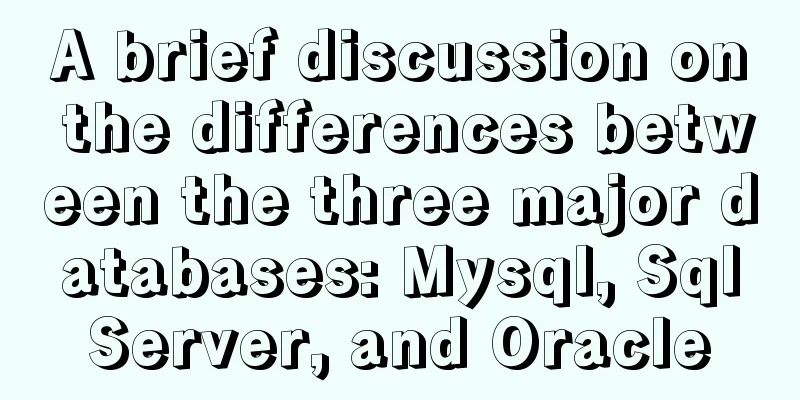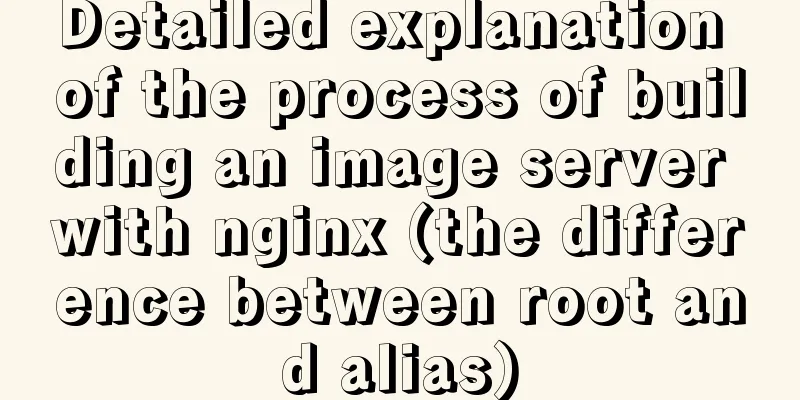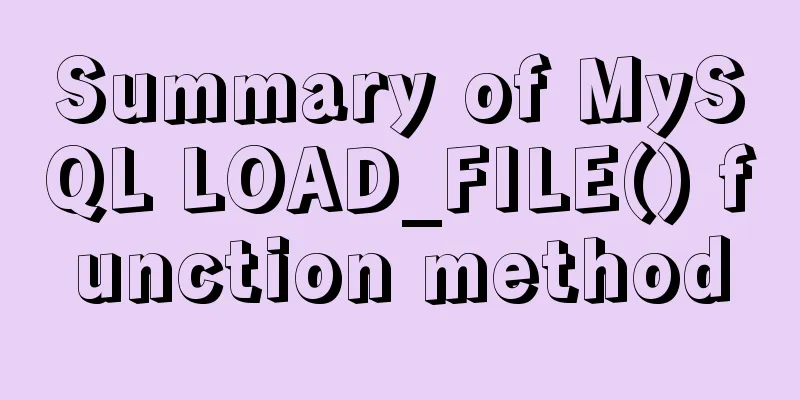A brief discussion on the differences between the three major databases: Mysql, SqlServer, and Oracle

|
MySQL advantage:
The core program of MySQL adopts full multi-threaded programming. Threads are lightweight processes that can flexibly provide services to users without consuming excessive system resources. MySQL implemented with multithreading and C language can easily make full use of the CPU; MySql has a very flexible and secure permissions and password system. When a client connects to a MySQL server, all passwords transmitted between them are encrypted, and MySQL supports host authentication; Supports ODBC for Windows, supports all ODBC 2.5 functions and many other functions, can use Access to connect to the MySql server, so that the application can be expanded; Supports large databases and can easily support databases with tens of millions of records. As an open source database, it can be modified accordingly for different applications; It has a very fast and stable thread-based memory allocation system that can be used continuously without worrying about its stability. MySQL also offers a high degree of diversity, providing many different user interfaces, including command line client operations, web browsers, and a variety of programming language interfaces such as C++, Perl, Java, PHP, and Python. You can use a prepackaged client, or simply write a suitable application yourself. MySQL is available for Unix, Windows, and OS/2 platforms, so it can be used on a PC or a server. shortcoming:
2. SqlServer advantage:
shortcoming:
3. Oracle advantage:
shortcoming:
The above is a detailed explanation and integration of the differences between the three major databases: Mysql, SqlServer, and Oracle. I hope it will be helpful to everyone. If you have any questions, please leave me a message and I will reply to you in time. I would also like to thank everyone for their support of the 123WORDPRESS.COM website! You may also be interested in:
|
<<: In-depth understanding of the use of the infer keyword in typescript
>>: Implementation of Docker deployment of Django+Mysql+Redis+Gunicorn+Nginx
Recommend
How to install openssh from source code in centos 7
Environment: CentOS 7.1.1503 Minimum Installation...
MySQL 5.7 zip version (zip version) installation and configuration steps detailed
Preface: I reinstalled win10 and organized the fi...
Realizing the effect of carousel based on jQuery
This article shares the specific code of jQuery t...
A simple example of using Vue3 routing VueRouter4
routing vue-router4 keeps most of the API unchang...
How to install MySQL 5.7 on Ubuntu and configure the data storage path
1. Install MySQL This article is installed via AP...
Detailed graphic tutorial on how to install the unzipped version of MySQL under Windows 10
MySQL installation is divided into installation v...
How to prevent event bubbling in JavaScript
What we need to pay attention to is that the char...
What are the similarities between the development of web design and western architecture?
History always repeats itself surprisingly well. ...
Method of dynamically loading geojson based on Vue+Openlayer
Load one or more features <template> <di...
Specific use of Linux dirname command
01. Command Overview dirname - strip non-director...
MySQL statement summary
Table of contents 1. Select database USE 2. Displ...
Implementation code of using select to select elements in Vue+Openlayer
Effect picture: Implementation code: <template...
Using js to implement a number guessing game
Last week, the teacher gave me a small homework, ...
Analysis of the Linux input subsystem framework principle
Input subsystem framework The linux input subsyst...
Summary of MySQL Architecture Knowledge Points
1. Databases and database instances In the study ...









